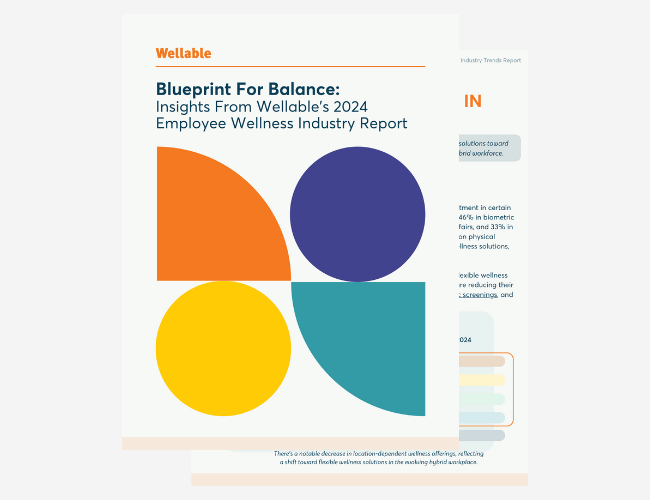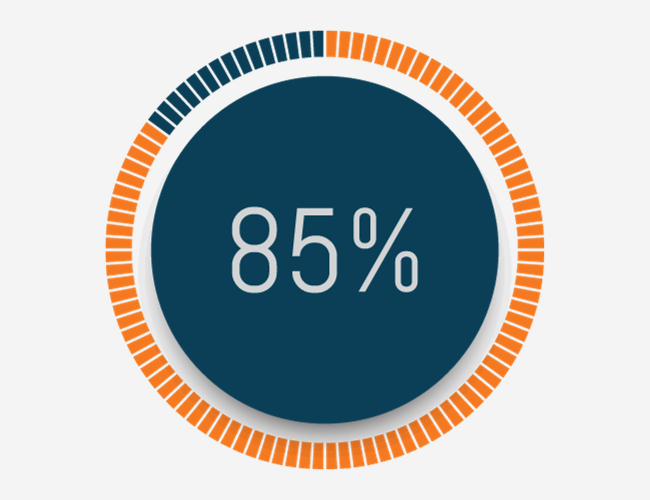According to some thinkers and theorists, happiness is the only thing people desire. Whether they are seeking food, shelter, or even friendship and love, what they really want in the end is to be happy.
Whether or not this is true, happiness is clearly worth desiring. The mere fact that happiness feels good makes it worth obtaining regardless of whether it leads to other good things. On top of its intrinsic goodness, though, joy often produces a variety of desirable outcomes, especially for organizations. Several studies have found positive associations between happiness and productivity, task persistence, creativity, and retention.
While happiness is valuable, it can be frustratingly elusive, especially in organizational settings. Over the past few years, a lack of job satisfaction and organizational joy have contributed to the ongoing “Great Resignation,” where workers continue to quit in record numbers.
Despite happiness’s fleeting nature, some parts of the world are renowned for the average levels of joy felt by those who live there. For example, since the World Happiness Report began collecting data in 2012, Nordic and Scandinavian countries consistently rank at the top. These regions took the top eight spots in the most recent report, while the U.S. lagged behind in 16th place.
What Do These Regions Do Differently?
Such high happiness ratings raise the question, is there anything employees and employees alike can learn from what these places do differently? The answer appears to be a resounding “Yes!” From personal career goals to extended leave policies, these countries implement a wide range of happiness-sustaining practices that serve as a solid model for organizations and the individuals who work for them.
Attitudes Towards Work
Jeff Sachs, co-creator of the World Happiness Report and a professor at Columbia University, tells CNBC that in the happiest countries:
“They’re not societies that are aiming for all of the effort and time to becoming gazillionaires, they’re looking for a good balance of life, and the results are extremely positive […] “We find happiness in our own pursuits, and by living in societies that are more balanced.”
Workplace attitudes are also impacted by concepts and norms that encourage collectivism, flatten hierarchies, and de-emphasize the importance of personal achievements. This collection of ideas is widespread in the Nordic and Scandinavian regions.
Leaves And Vacations
Time off appears to be an essential ingredient in Nordic and Scandinavian happiness. Several countries provide extended leave for a wide range of needs and purposes, including:
- Paid vacation: In Sweden and Denmark, employees are given five weeks of paid vacation by law. In the U.S., this number is far lower. Though it varies based on the number of years an individual has worked for a given company, paid leave is typically between five to 24 days, according to the U.S. Bureau of Labor Statistics.
- Parental leave: Swedish parents are entitled to 480 days of leave at 80% of their salary. In Norway, parents can choose 49 weeks at 100% coverage or 59 weeks at 80% coverage. In the U.S., there is no federally mandated paid parental leave.
- Education leave: Some Scandinavian countries allow workers to take time off purely for educational purposes. For example, the Employees Right To Education Leave Act allows employees who have been working for at least six consecutive months within the past year to take unpaid time off for educational training with a guaranteed job when they return.
Flexible Work Arrangements
Scandinavian countries have been well ahead of the trend when it comes to flexible work arrangements. In the mid-90s, Finland passed the Working Hours Act, enabling workers to move when they start and end their work by up to three hours. In 2020, the act was updated to provide workers with the flexibility to choose where and when they work for at least half of their regular working schedules.
Takeaways
Though some aspects of the Scandinavian and Nordic workplace practices may be difficult to replicate in other areas of the world, there are several lessons that both employers and employees can draw.
For Companies
A good place for companies to start is with their cultures. Though it may seem counterintuitive, reshaping an organization’s culture with less emphasis on performance and more on work-life balance might result in greater productivity through its payout in happiness. This cultural shift must start with leaders who model “good” behavior. For example, they must visibly take time off for themselves and avoid messaging employees after hours.
The kinds of leaves required by Nordic and Scandinavian laws may not be feasible for many organizations in other parts of the world. However, while companies may not be able to match them, they can get closer than they are now.
Many companies are already doing this with their parental leave policies, largely due to Danielle Weisberg’s viral #showusyourleave campaign. A notable example comes from Morgan Stanley, which now offers paid leave to care for a seriously ill family member; financial coverage for fertility, adoption, and surrogacy; and family support days for backup child or adult care and tutoring.
View this post on Instagram
Though reports suggest that flexible work is already here to stay in the U.S., they may be too limited. To match what is happening in Nordic and Scandinavian countries, companies must allow employees to work outside of the office for at least half the week every week.
While educational leave may be difficult to swing, companies can still expand their array of professional development opportunities, especially for learning experiences that allow employees to continue working.
For Workers
If workers draw one conclusion from happiness-friendly workplace policies, it’s to give themselves a break. Long hours and a strong urge to be the best at all costs is a recipe for stress and burnout.
To start, take advantage of whatever leaves your company offers. This includes unlimited PTO, which is often underutilized. According to one survey, employees with access to unlimited PTO take an average of 13 days off per year—two fewer than with traditional PTO. The policy is there to help you take time off as needed without penalty to address whatever pressing issues you have to deal with, so use it.
Job hunting workers should do two things. First, they need to ask themselves their needs regarding leaves, flexible arrangements, and professional development opportunities. With these criteria in mind, they should carefully examine the policies of any company that extends an offer (or even any company they are applying to if they have the time). Ask for written documents that clarify the policies’ limits and scope.












